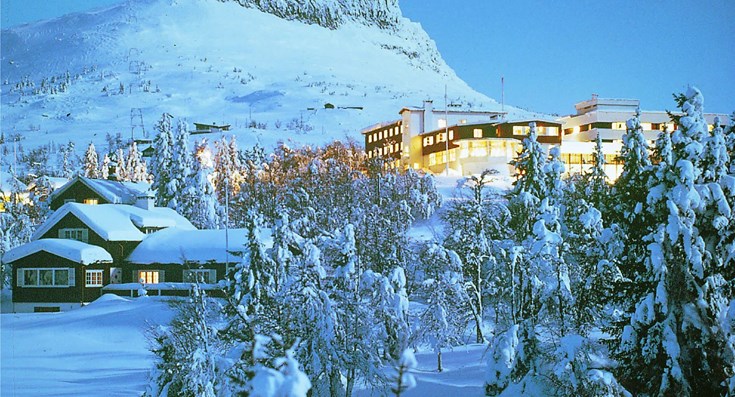Spaatind 2020 - Nordic conference on Particle Physics
Thon Hotel
Skeikampen
The 26th Nordic Particle Physics Meeting (Spaatind 2020) will take place at the THON Hotel in Skeikampen (Norway), from Thursday, January 2 to Tuesday, January 7, 2020.
The program includes lectures and overview presentations on some of the most actual topics in particle and astroparticle physics.
In addition, there are contributed talks presented by the participants.
Deadline for registration : November 24th
Invited Speakers
Marumi Kado (Sapienza Universita e INFN, Roma) - High Luminosity LHC: Physics opportunities and experimental challenges
Marcella Bona (QMRHL) - Heavy Flavour physics
Torsten Bringmann (Oslo University) - Dark matter searches
Oleg Ruchayskiy (Niels Bohr Institute) - Searches for feebly interacting particles
Francesca Di Lodovico (Kings College, London) - Neutrino experiments
Michelangelo Mangano (CERN) - The Future Circular Collider
Mogens Dam (Niels Bohr Institute) - The European Strategy view
Rickard Ström (DESY) – The Compact Linear Collider
Alex B Nielsen (University of Stavanger) - Gravitational waves
Organizers
P.Hansen, M.Dam, S.Xella (NBI, subatomic group)
P.H.Damgaard (NBIA)

